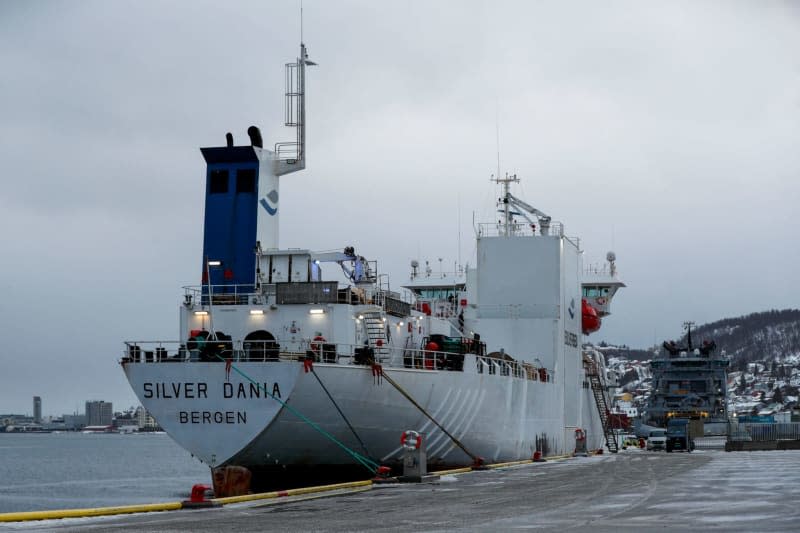On Monday, Swedish prosecutors announced their decision to release a vessel owned by a Bulgarian shipping company after ruling out initial suspicions that sabotage was responsible for damaging an undersea fiber-optic cable connecting Sweden and Latvia.
The damage was first detected on January 26 along the cable route between Ventspils, a city in Latvia, and the Swedish island of Gotland. In response, Swedish authorities seized the vessel later that same day as part of their investigation into the cause of the rupture.
This incident is part of a series of recent cases involving damaged undersea cables, which have raised growing concerns about potential Russian involvement in acts of sabotage or espionage in the Baltic region. Given the heightened geopolitical tensions, authorities have been on high alert, closely monitoring any disruptions to critical infrastructure. However, following a detailed investigation, Swedish officials concluded that there was no evidence of deliberate interference in this case, leading to the vessel’s release.

Swedish prosecutors have stated that their investigation into the possible involvement of the Bulgarian-owned vessel Vezhen in the undersea cable damage has confirmed that the incident was not an act of gross sabotage. In an official statement, senior prosecutor Mats Ljungqvist clarified that while the ship was indeed responsible for breaking the fiber-optic cable, extensive crime-scene investigations, analysis of confiscated equipment, and witness testimonies led authorities to conclude with certainty that the damage was not intentional.
Despite ruling out sabotage, the prosecution noted that the investigation remains ongoing to determine whether any other criminal factors contributed to the cable’s rupture. The vessel’s owner, Bulgarian shipping company Navibulgar, had previously denied any deliberate wrongdoing, maintaining that the damage was accidental.
Navibulgar referenced crew accounts that described extremely harsh weather conditions at sea during the time of the incident. According to the company, the ship’s left anchor was likely dragging along the seabed, which may have inadvertently caused the cable break.
The case is part of a broader pattern of recent disruptions involving undersea data cables in the Baltic Sea. Many of these incidents have sparked suspicion of Russian involvement, particularly in connection to Russia’s so-called “shadow fleet”—a network of aging, often unregistered tankers that evade international sanctions while transporting oil to sustain Russia’s economy.
Meanwhile, in a related development, Norwegian authorities recently conducted an inspection of the Silver Dana, a ship owned by a Norwegian company but operated by a Russian crew. Initial suspicions linked the vessel to the cable damage, prompting an official review. However, after a thorough investigation, Norwegian police found no evidence implicating the ship and subsequently released it.
As concerns over maritime security in the region persist, authorities continue to monitor and investigate incidents involving undersea infrastructure, balancing the need for vigilance with the requirement for concrete evidence before drawing conclusions.


Comments are closed, but trackbacks and pingbacks are open.